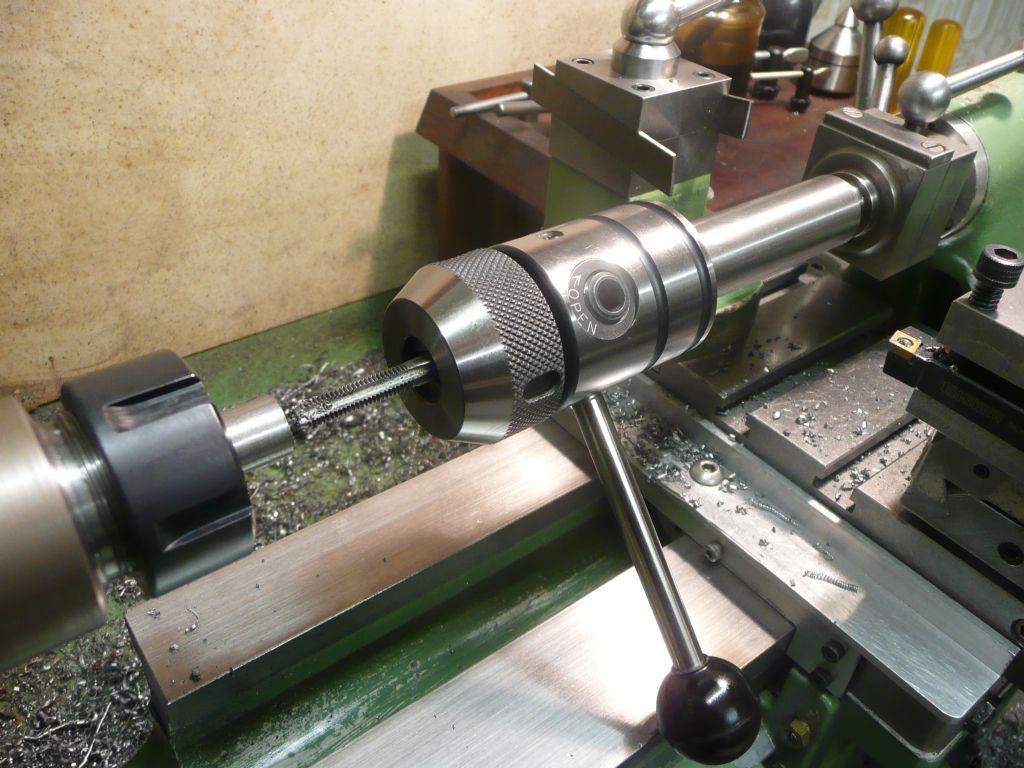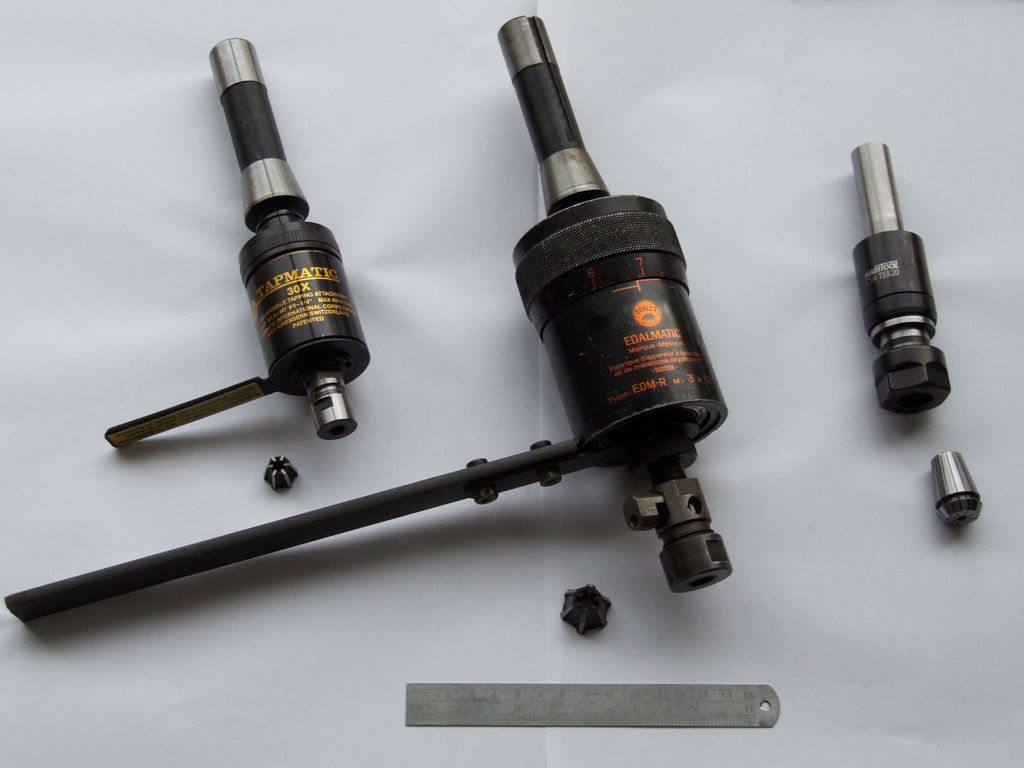Posted by Andrew Johnston on 08/12/2020 16:45:05:
Posted by ChrisH on 08/12/2020 13:56:53:
Sorry Andrew, it is spiral flute, I should have stated that.
I thought it probably would be, but it's always best to check. 
I've broken taps, but never when power tapping. Actually that's not true, I did break an M3 tap on the CNC mill. To be fair it wasn't tapping at the time. I forgot to type in the appropriate tool length when changing to the tapping head. So the mill drove the tap 20mm into the predrilled hole before starting to rotate.  It was that episode that convinced me to get a proper tool height setter and get to grips with tool tables.
It was that episode that convinced me to get a proper tool height setter and get to grips with tool tables.
Interesting video posted by Emgee. I'd make two comments:
1. He's pussyfooting around on the feed when drilling and I think I'd have just done chip breaks rather than full retractions at each peck
2. On three of the four holes thre tap briefly stops rotating during extraction which implies that the torque setting on the tapping head might be a tad too low?
Andrew
Andrew,
1. You forget I use an old 1985 machine with limited G codes, G83 gives what you see in the video, and yes I do use conservative feedrates.
2. Re the tap stopping before withdrawal is because it does stop before reversing out of the hole, that's how the tool functions by reversing on withdrawal.
On the tapping head used there is no torque setting, it's all or nothing.
If the tap stops rotating on withdrawal it will be because the return feedrate needs raising a bit, but once again with a conservative setting to prevent tap breakage or thread damage.
The point made about a burr at the top of the thread is taken care of with the 3mm spotting drill used, it cuts 3mm to 0.20mm below the top surface, not only does it prevent the burr it assists in starting the screw.
The points raised are noted and I will finetune the feedrates to ammend the program.
It's amazing how many views (79) the link generated today, any and all comments welcome.
Emgee
Edited By Emgee on 08/12/2020 22:30:25
Anonymous.






